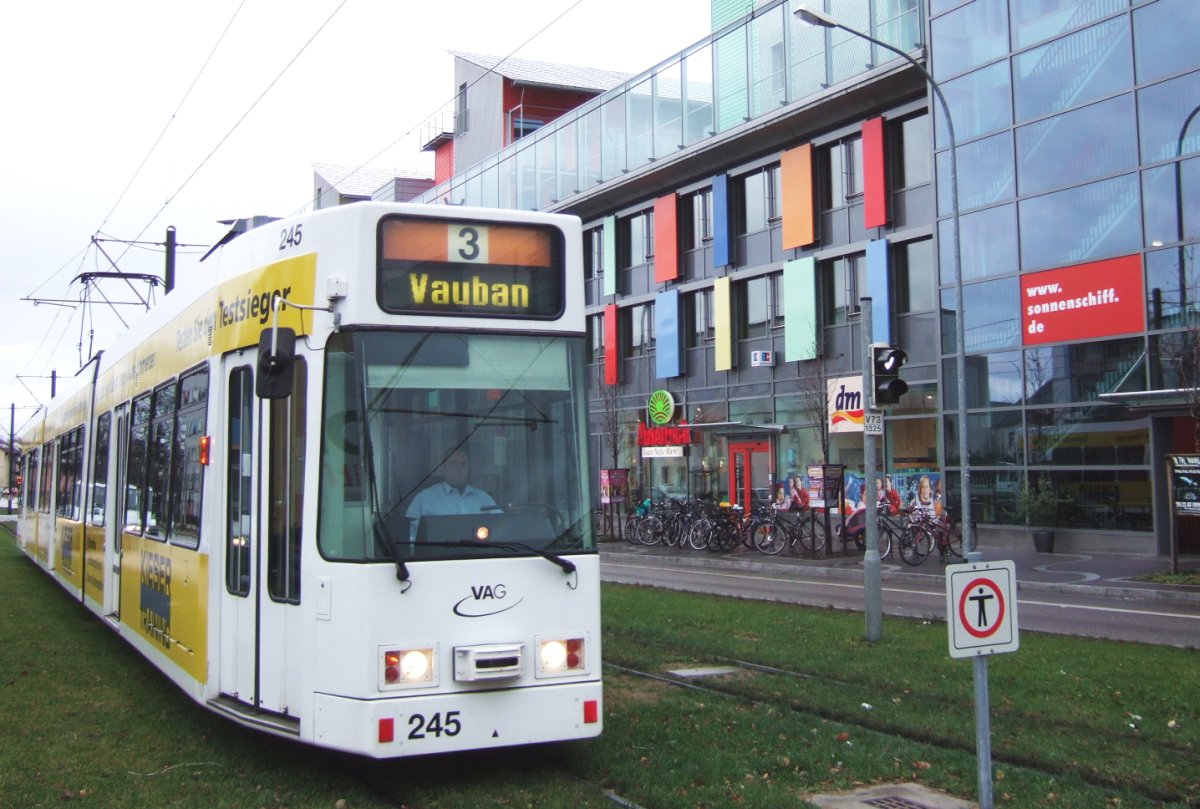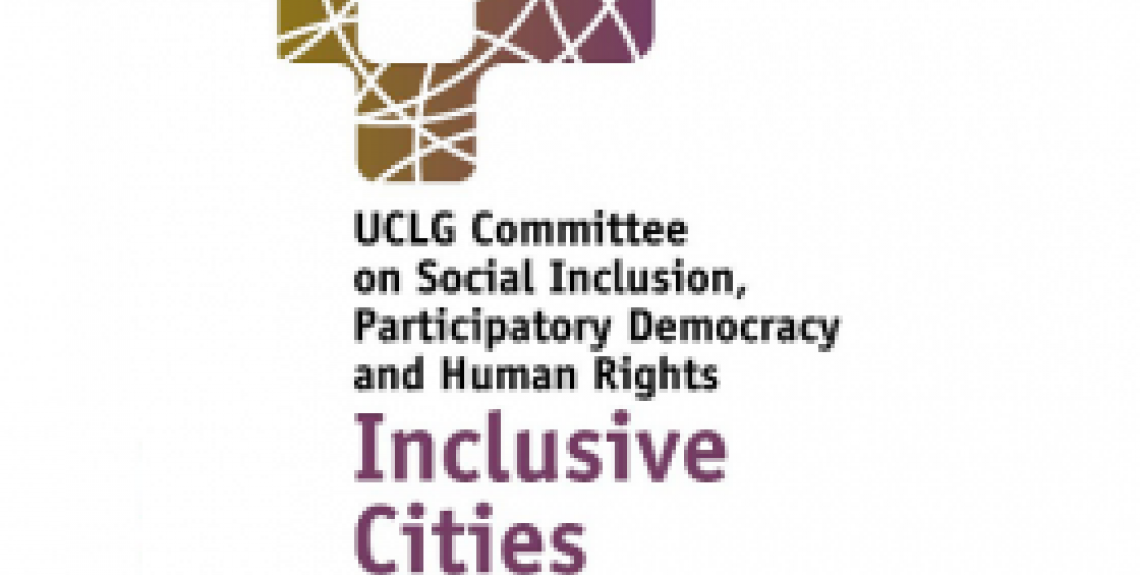The Vauban Sustainable Urban District process took place in the German city of Freiburg after 1993. It is based on the city government's aim of restoring an old military barrack based on ecological and social cohesion criteria, creating a participatory process to that effect.
The year 1995 saw the beginning of the participation process involving the future residents of the sustainable urban district, who formed cooperative groups that decided on the design of their homes. These groups, in turn, created forums of interaction between themselves and with Forum Vauban in order to begin debates on the urban fabric, mobility models, and facilities in the area. The first residents started to move into Vauban in 1998-1999 and the participatory process shifted towards community work.

After several decades, 40 cooperative housing groups have been created following certain goals, which include energy efficiency and bioclimatic architecture criteria, have common services managed by the users and, in many cases, have significant levels of social inclusion of people on low incomes. Important community facilities have been created, as well as numerous participatory initiatives, such as groups of consumers, cultural production or women.
The sustainable urban district has a high level of energy efficiency and has implemented a successful model for alternative mobility. Vauban is a car-free neighbourhood, where traffic is prohibited in most streets and where about half the population does not own a car (those who do have a car must park it in a car park located on the edge of the neighbourhood). This means that the urban planning of the neighbourhood prioritizes green areas and public spaces, which has become an essential factor in the community's social cohesion.
If you want to know more about the Vauban experience, you can find the whole case study here.


